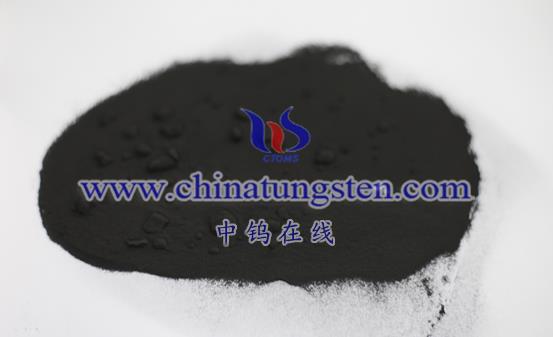Tungsten tetrabromide (WBr4) and tungsten tetraiodide (WI4) are inorganic compounds with specific chemical structures, which are formed by covalent bonding of tungsten atoms and bromine atoms or iodine atoms. In terms of physical properties, there are some differences between tungsten tetrabromide and tungsten tetraiodide.
First of all, in terms of molecular mass, the molecular mass of tungsten tetrabromide is significantly larger than that of tungsten tetraiodide. This is because the atomic mass of bromine atoms is greater than that of iodine atoms, so the molecular mass of tungsten tetrabromide will be larger than that of tungsten tetraiodide.
Second, in terms of density, tungsten tetrabromide is generally denser than tungsten tetraiodide. This is due to the greater atomic mass of the bromine atom, which allows the tungsten tetrabromide molecules to interact more strongly in the crystal structure, resulting in a higher density.
In addition, there may be differences between tungsten tetrabromide and tungsten tetraiodide in terms of melting point and boiling point. Because bromine and iodine atoms have different radii, they are arranged differently in the crystal structure and interact differently, which can lead to different melting and boiling points. The specific melting point and boiling point values will be affected by experimental conditions and measurement methods, and specific experimental measurements are required to obtain accurate data.
Finally, in terms of color, tungsten tetrabromide and tungsten tetraiodide may exhibit different colors. This is due to the difference in electron cloud distribution of bromine and iodine atoms, resulting in their different properties in terms of light absorption and emission, resulting in different colors.

More details of tungsten, molybdenum and rare earth news, please visit website: https://www.ctia.com.cn/en/
Please contact CHINATUNGSTEN for inquiry and order of tungsten and molybdenum product:
Email: sales@chinatungsten.com
Tel.: 86 592 5129595






